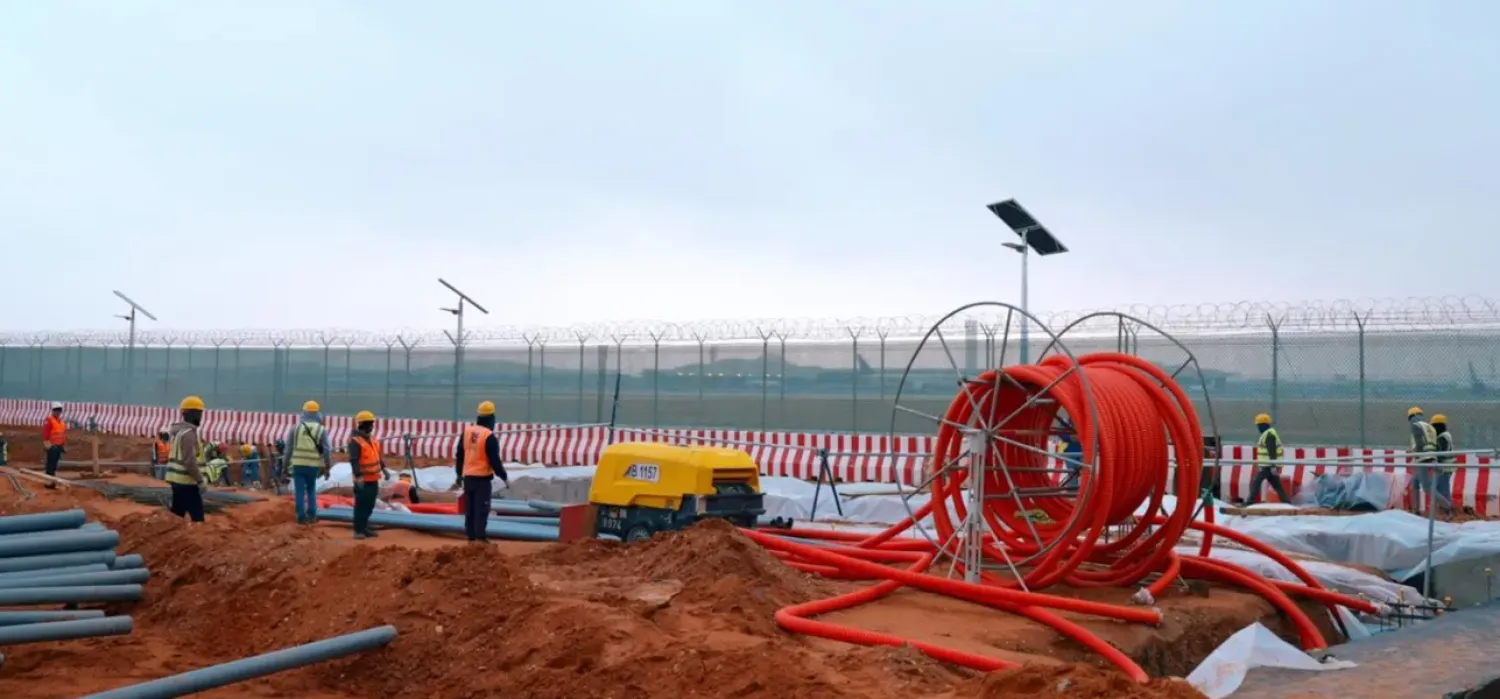The Gulf Cooperation Council (GCC) region is estimated to grow by 1% in 2023 before picking up again to 3.6 and 3.7 % in 2024 and 2025, respectively, according to the recently published World Bank Gulf Economic Update (GEU) report.
“The diversification efforts in the GCC region are paying off but more reforms are still needed,” said the report.
In Saudi Arabia, “the oil sector is expected to contract by 8.4 % during 2023 to reflect oil production curbs agreed within the OPEC+ alliance. Meanwhile, non-oil sectors are expected to cushion the contraction, growing at 4.3% supported by looser fiscal policy, robust private consumption, and public investment drive. As a result, overall GDP will show a contraction of 0.5% in 2023 before reporting a recovery of 4.1% in 2024 to reflect expansions of oil and non-oil sectors.”
The latest issue of the GEU report, titled “Structural Reforms and Shifting Social Norms to Increase Women’s Labor Force Participation” states that “the weaker performance this year is driven primarily by lower oil sector activities, which is expected to contract by 3.9%, to reflect OPEC+ successive production cuts and the global economic slowdown.”
“However, the reduction in oil sector activities will be compensated for by the non-oil sectors, which are expected to grow by 3.9 % in 2023 and 3.4 % in the medium term supported by sustained private consumption, strategic fixed investments, and accommodative fiscal policy”.
“To maintain this positive trajectory, GCC countries must continue to exercise prudent macroeconomic management, stay committed to structural reforms, and focus on increasing non-oil exports,” said Safaa El Tayeb El-Kogali, World Bank Country Director for the GCC.
“However, it is important to acknowledge the downside risks that persist. The current conflict in the Middle East poses significant risks to the region and the GCC outlook, especially if it extends or involves other regional players. As a result, global oil markets are already witnessing higher volatility,” El-Kogali added.
“The region has shown notable improvements in the performance of the non-oil sectors despite the downturn in oil production during most of 2023,” said Khaled Alhmoud, Senior Economist at the World Bank. “Diversification and the development of nonoil sectors has a positive impact on the creation of employment opportunities across sectors and geographic regions within the GCC.”
“The Special Focus section of the report takes a deep dive into the remarkable rise of female labor force participation (FLFP) in Saudi Arabia. Since 2017, the Kingdom has witnessed a significant increase in FLFP across all age groups and education levels. Importantly, this surge in participation did not lead to unemployment—to the contrary, unemployment rates have decreased as Saudi women have embraced job opportunities in almost every sector of the economy. This positive development was a result of an effective reform drive, started by the Kingdom’s Vision 2030, that made it significantly easier for more women to join the workforce, and shifts in social norms that were facilitated by the government’s commitment and effective communications.”
According to the GEU report, “the Saudi private sector workforce has grown steadily, reaching 2.6 million in early 2023. Additionally, the labor force participation of Saudi women more than doubled in a span of six years, from 17.4% in early 2017 to 36 % in the first quarter of 2023.”
“GCC countries have witnessed a remarkable increase in female labor force participation,” said Johannes Koettl, Senior Economist at the World Bank. “Saudi Arabia’s achievements in advancing women’s economic empowerment in just a few years is impressive and offers lessons for the MENA region and the world.”
In Qatar, “real GDP growth is estimated to slow down to 2.8 % in 2023 and continue at this rate in the medium term. Despite the weakening of the construction sector and tighter monetary policy, robust growth is anticipated in the non-hydrocarbon sectors, reaching 3.6% propelled by thriving tourist arrivals and large events. Qatar’s standing as a global sporting hub will be further reinforced by an additional 14 major sporting events during 2023. Meanwhile, the hydrocarbon sector is estimated to grow by 1.3% in 2023.”
In UAE, “economic activity is anticipated to slowdown in 2023 to 3.4% due to weaker global activity, stagnant oil output, and tighter financial conditions. Following tighter OPEC+ production quotas, oil GDP growth is projected at 0.7% in 2023 but expected to recover strongly in 2024 as production quotas are relaxed. On the other hand, non-oil output is forecast to support economic activity in 2023, growing at 4.5% with the strong performance in tourism, real estate, construction, transportation, manufacturing, and a surge in capital expenditure.”
In Bahrain, “growth is estimated to moderate to 2.8% in 2023 capped by a soft performance of the oil sector while the non-oil sector remains the key driver for growth. The hydrocarbon sector is expected to register small growth of 0.1% during 2023-24 while the non-hydrocarbon sectors will continue expanding at nearly 4% supported by the recovery in the tourism, service sectors, and the continuation of infrastructure projects.”
In Kuwait, “economic growth is projected to decelerate sharply to 0.8% in 2023 due to a decrease in oil output, monetary tightening, and sluggish global economic activity. Following tighter OPEC+ production quotas and reduced global demand, oil GDP growth is expected to contract by 3.8% in 2023 but is anticipated to recover in 2024 as production quotas are relaxed—supported by higher activity from the AlZour refinery. The non-oil sector is projected to grow by 5.2% supported by private consumption and loose fiscal policy.”
As for Oman’s economy it “is estimated to slowdown in 2023 capped by OPEC+ production cuts and slower global economic activity. However, the economy is anticipated to strengthen over the medium-term driven by higher energy production and wide-ranging structural reforms. Overall growth is projected to decelerate to 1.4% in 2023, as oil output falls, while nonoil sectors are expected to support growth, rising by over 2%, driven by the rebound in construction, investments in renewable energy, and tourism sectors.”









